On Nov. 4, 1874, the day interracial marriages became legal in the nation’s capital, Andrew Kinney, a black man, and Mahala Miller, a white woman, left their home in Augusta County, Va., where they lived with their two sons, traveled to the District and married.
They spent 10 days on their honeymoon before returning home to Augusta County, Va., where they lived as husband and wife.
Then, in 1877, they were arrested and charged with “lewd and lascivious cohabitation” and violating Virginia’s law banning interracial marriage. On Feb. 2, 1878, they were found guilty of miscegenation and fined $500 each.
The case was appealed to the Augusta County Circuit Court, where Andrew Kinney’s attorney argued the charges should be dismissed because Kinney’s marriage to Mahala was legal in Washington.
But the circuit court refused his argument, ruling that “the said marriage” between the Kinneys was “but a vain and futile attempt to evade the laws of Virginia, and override her well known public policy” against interracial marriage.
[mc4wp_form id=”6042″]
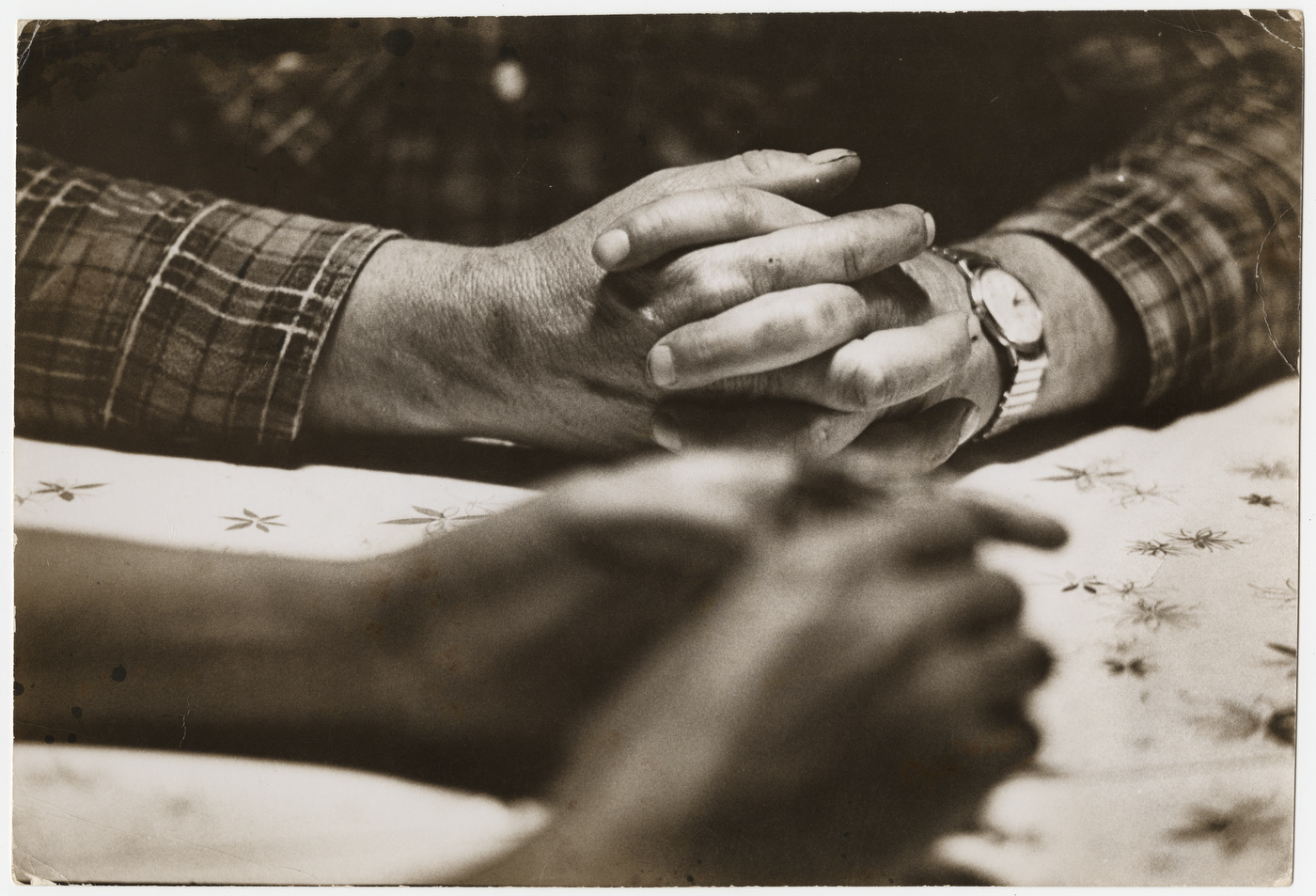 Hands of Mildred and Richard Loving on their kitchen table, King and Queen County, Va | Grey Villet
Hands of Mildred and Richard Loving on their kitchen table, King and Queen County, Va | Grey Villet
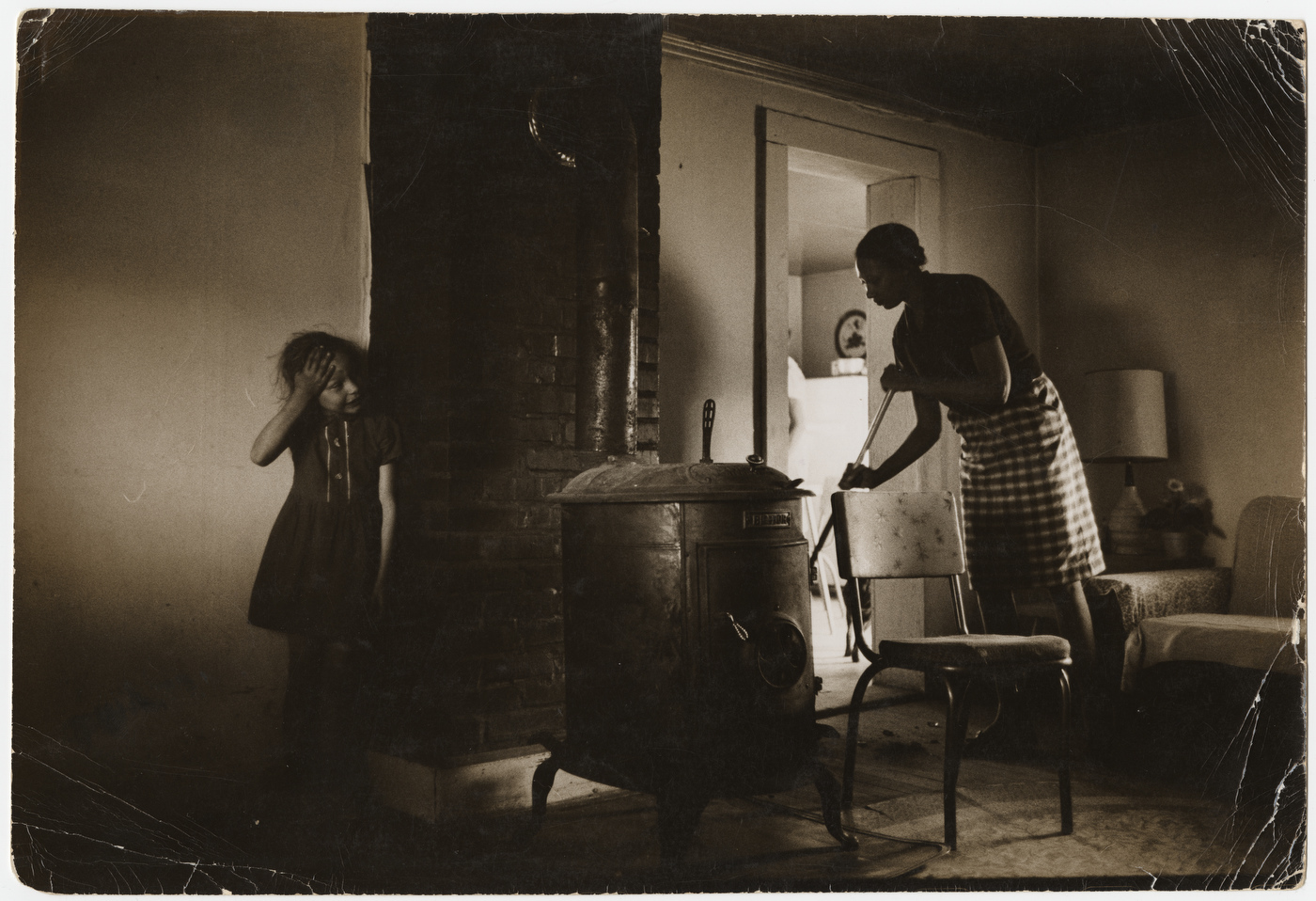 Mildred Loving peering through the front window of her house, King and Queen County, Va. | Grey Villet
Mildred Loving peering through the front window of her house, King and Queen County, Va. | Grey Villet
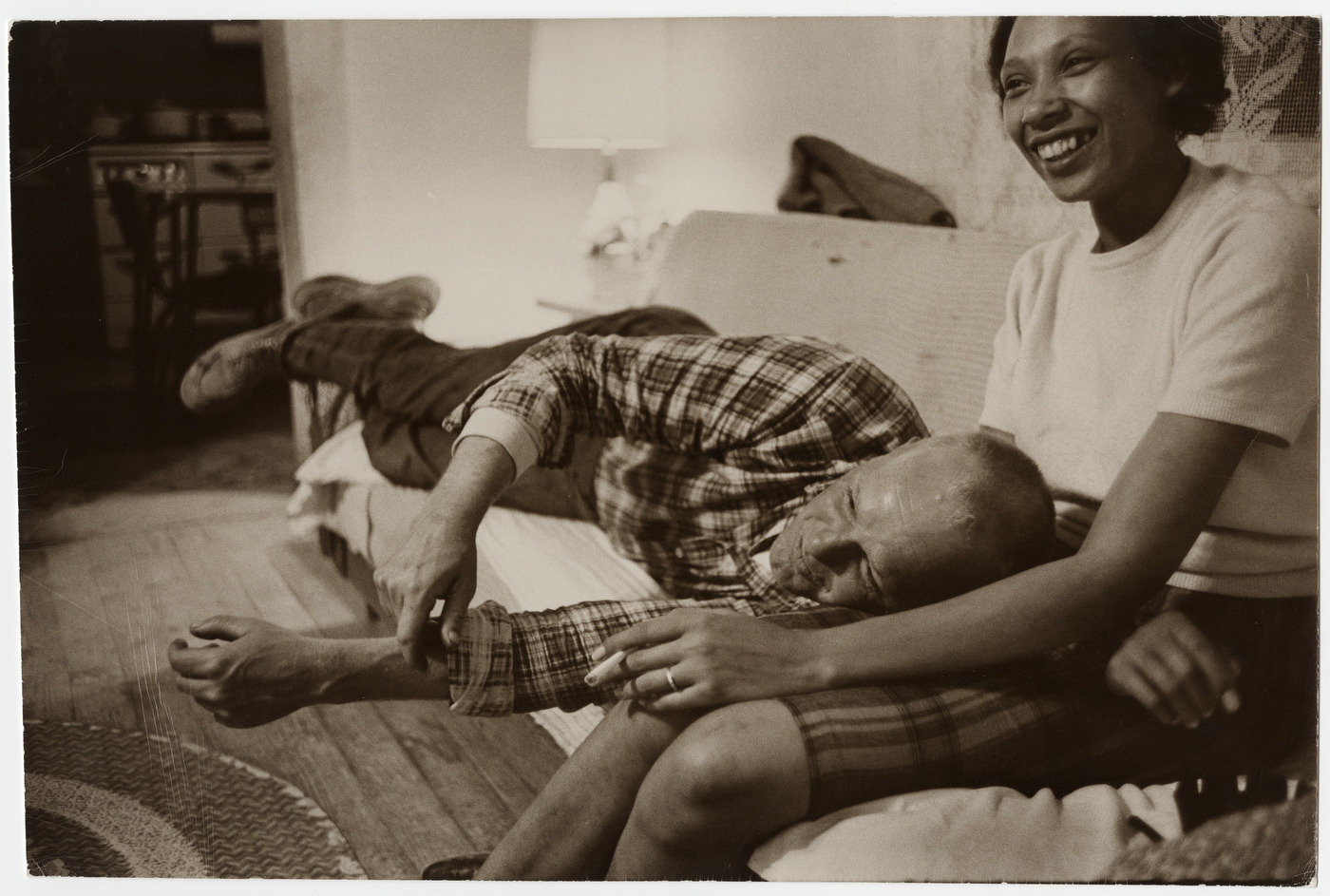 Richard and Mildred Loving laughing and watching television in their living room, King and Queen County, Va. | Grey Villet
Richard and Mildred Loving laughing and watching television in their living room, King and Queen County, Va. | Grey Villet
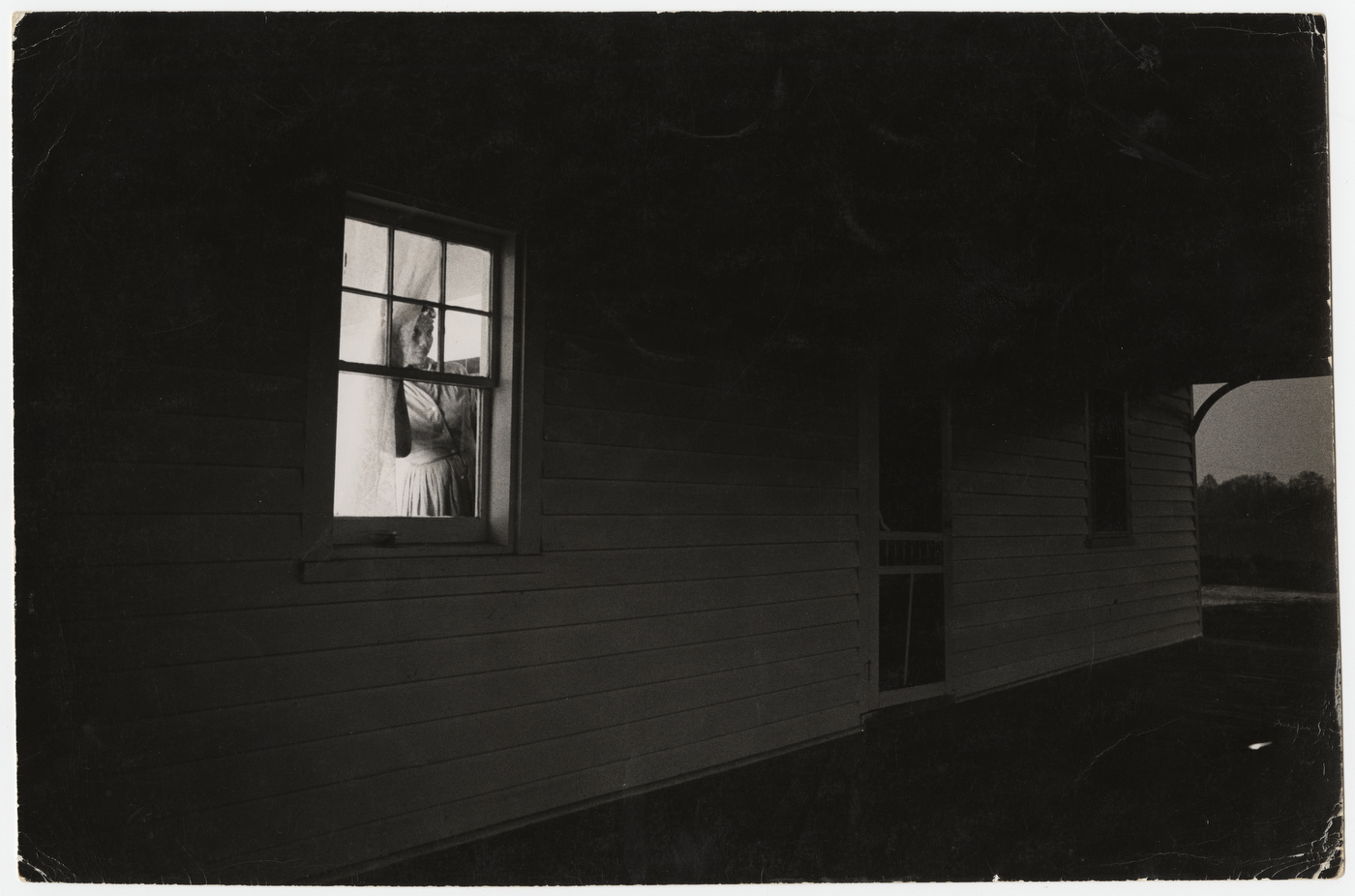 Mildred Loving peering through the front window of her house | Grey Villet
Mildred Loving peering through the front window of her house | Grey Villet
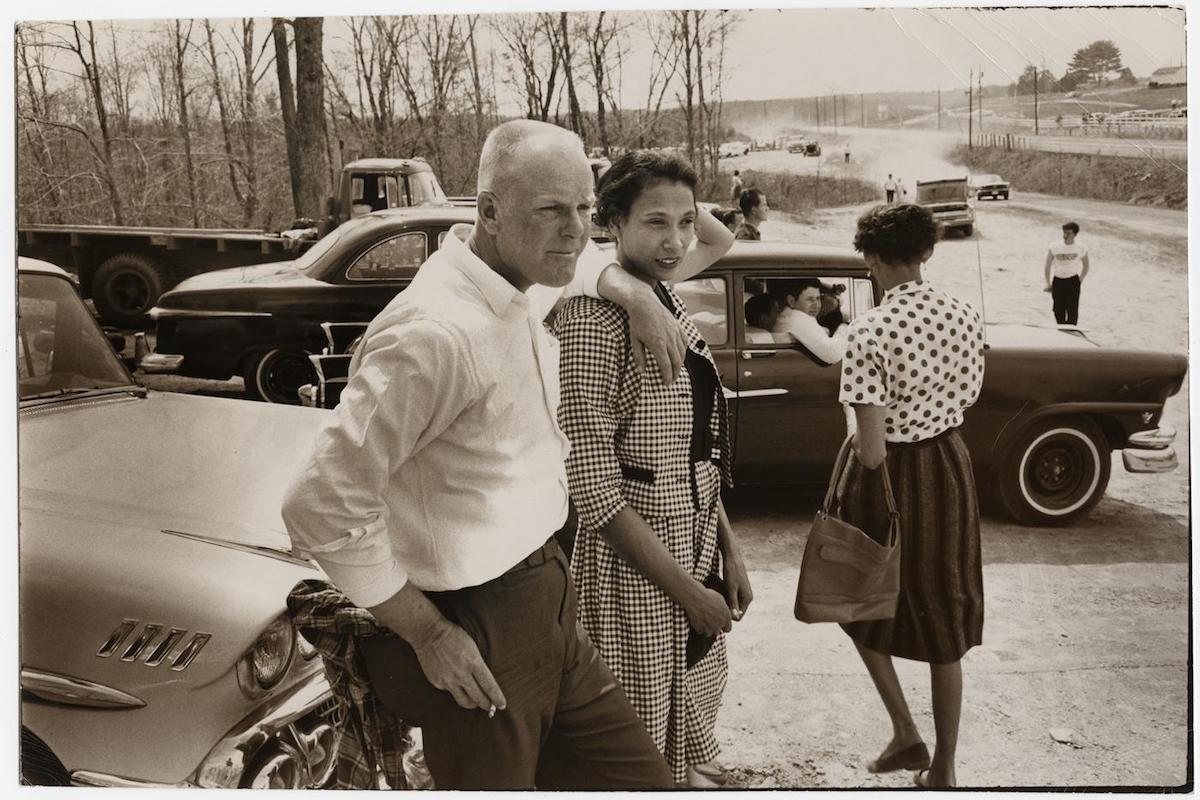 Richard and Mildred Loving laughing and watching television in their living room, King and Queen County, Va. | Grey Villet
Richard and Mildred Loving laughing and watching television in their living room, King and Queen County, Va. | Grey Villet
Black Lives Matter (BLM) is an international activist movement, originating in the African-American community, that campaigns against violence toward black people. BLM regularly organizes protests around the deaths of black people in killings by law enforcement officers, and broader issues of racial profiling, police brutality, and racial inequality in the United States criminal justice system.
In 2013, the movement began with the use of the hashtag #BlackLivesMatter on social media, after the acquittal of George Zimmerman in the shooting death of African-American teen Trayvon Martin. Black Lives Matter became nationally recognized for its street demonstrations following the 2014 deaths of two African Americans: Michael Brown, resulting in protests and unrest in Ferguson, and Eric Garner in New York City.
Since the Ferguson protests, participants in the movement have demonstrated against the deaths of numerous other African Americans by police actions or while in police custody, including those of Tamir Rice, Eric Harris, Walter Scott, Jonathan Ferrell, Sandra Bland, Samuel DuBose and Freddie Gray. In the Summer of 2015, Black Lives Matter began to publicly challenge politicians—including politicians in the 2016 United States presidential election—to state their positions on BLM issues. The overall Black Lives Matter movement, however, is a decentralized network and has no formal hierarchy or structure. (Wikipedia).

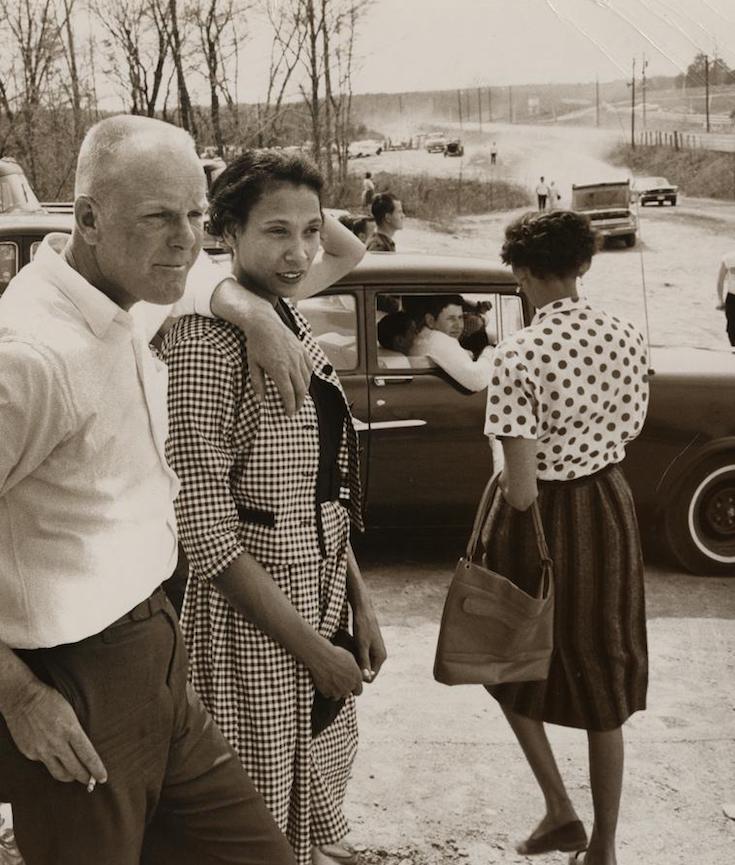
You must be logged in to post a comment.